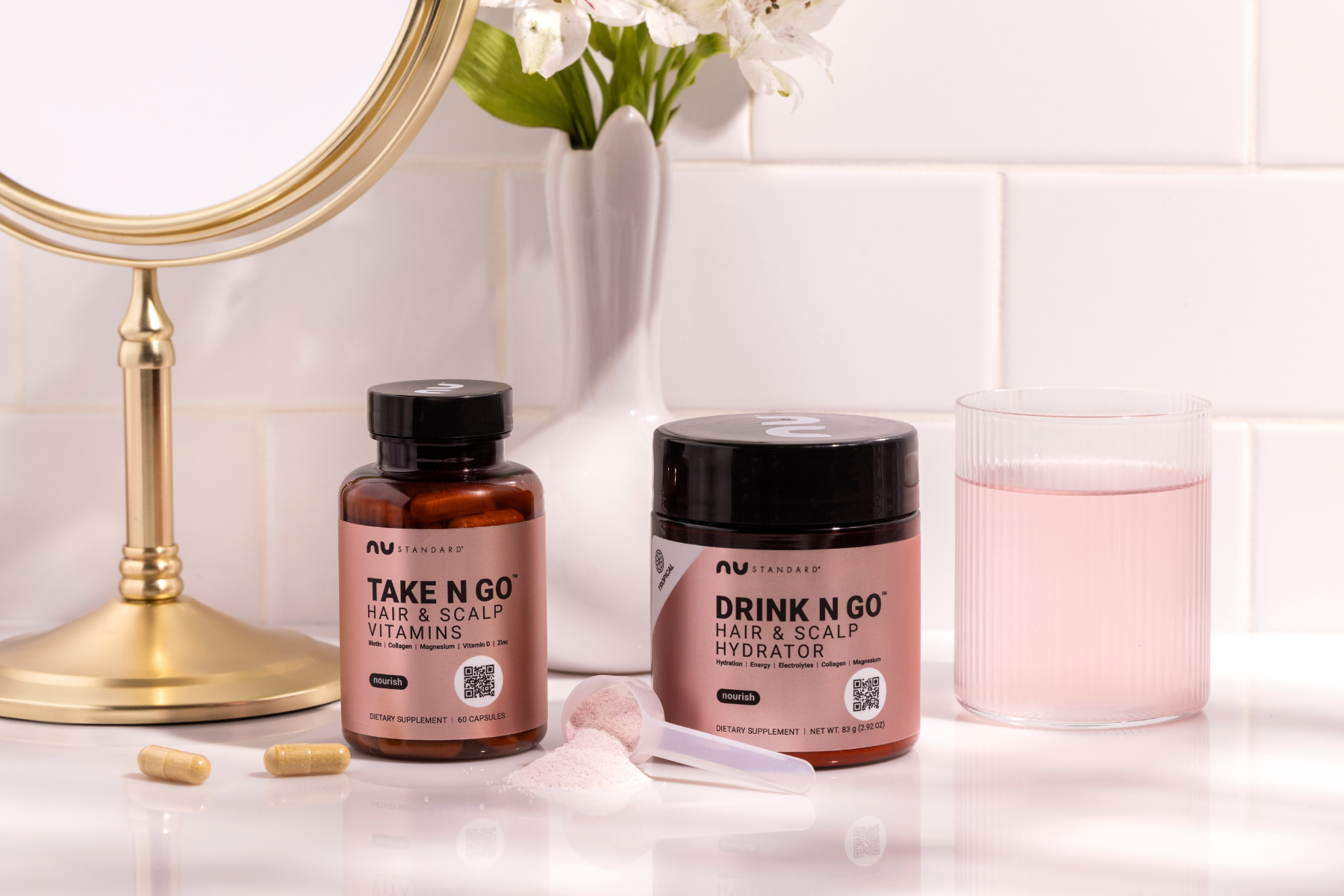How to Get Enough Vitamin D in Winter

Unlike most of the nutrients the human body needs, vitamin D isn't mainly gained from the food you eat. For most of the year, it's manufactured by the body when sunlight shines on exposed skin. Unfortunately, in the winter months the amount of available sunlight is lower. It also has reduced levels of the UV-B rays needed for vitamin D production, and so your reserves of this essential vitamin can drop.
If your body is suffering from low vitamin D, it can lead to many unpleasant symptoms, including:
- Constant and excessive fatigue
- Joint, muscle, and back pain
- Frequent sickness and slow recovery
- Slow healing of wounds
- Hair loss
- Mental effects similar to depression
While none of these symptoms alone are definite signs of a vitamin D deficiency, when several appear together they're a strong warning sign you shouldn't ignore.
Avoiding and Curing a Deficiency
If you develop a serious deficiency, which can be confirmed by a blood test, then a course of high-dose medication is the most effective solution. But prevention is better than cure, and increasing the amount of vitamin D in your diet is an important precaution in the deepest parts of winter.
1) Oily Fish
Oily fish can often seem like an over-hyped wonder food, recommended for everything from heart health to mental agility. However, this is because they really are an excellent source of many essential nutrients, including vitamin D. Mackerel, herring, and wild salmon are all rich in vitamin D thanks to their diet of plankton. However, farmed fish reared on commercial feeds are usually much less helpful sources.
2) Cod Liver Oil
But if oily fish don't appeal to your taste buds, you can get vitamin D from the same aquatic source in the form of cod liver oil. Thankfully, this oil no longer deserves its fearsome reputation for tasting terrible. It's widely available in concentrated capsule form, making it easy to consume and entirely without any off-putting flavor.
3) Mushrooms
Just like humans, many fungi can produce vitamin D when they're exposed to sunlight. Eating completely wild mushrooms is therefore a good source of the vitamin as long as you're extremely careful about which types you collect.
However, cultivated mushrooms are more likely to have been produced indoors, without the essential UV-B they need to create vitamin D. If you can only find commercially grown mushrooms, then leave them in natural light (not under glass) for a day or two to stimulate vitamin D production.
4) Eggs
Egg yolks are a particularly rich source of vitamin D, as well as providing a wide range of other healthy nutrients. For the highest vitamin levels, make sure to buy eggs from outdoor-reared chickens rather than the less nutritious ones from indoor hens.
5) Fortified Foods
From breakfast cereals to loaves of bread, many processed foods are fortified with vitamin D during their manufacture. While these can be a useful source, you need to weigh up the benefits of vitamin fortification against the drawbacks of eating highly processed foods. Ideally, buy fortified raw ingredients such as wholegrain flour and use them for healthy home cooking rather than reaching straight for the finished product.
6) Supplements
Lastly, supplements can provide a baseline level of vitamin D and are particularly useful for people prone to deficiencies.
If you often feel below your best in winter but don't have any obvious illness, then low vitamin D levels may be the issue. Before accepting that an annual case of winter blues is inevitable, try consuming 100% of daily value of vitamin D which is available in our TAKE N GO Daily Hair & Scalp Vitamins.





Comments